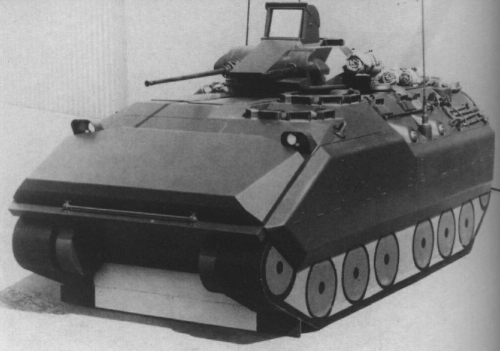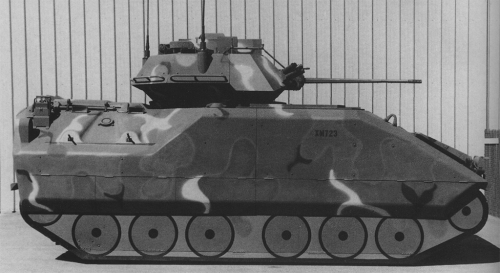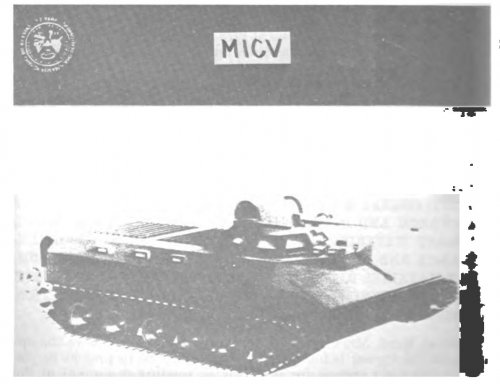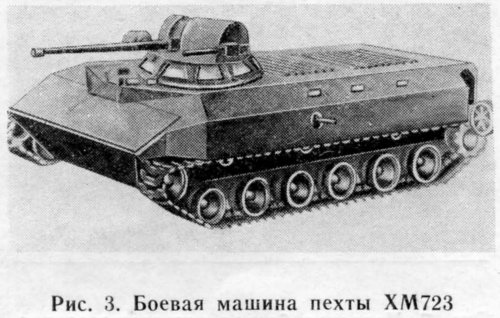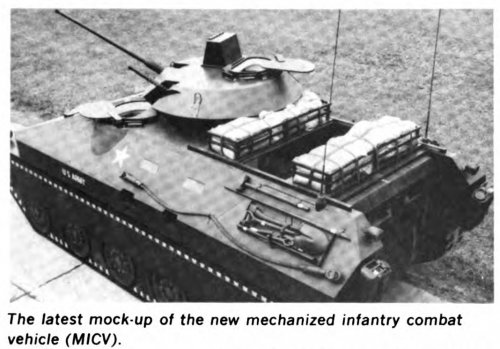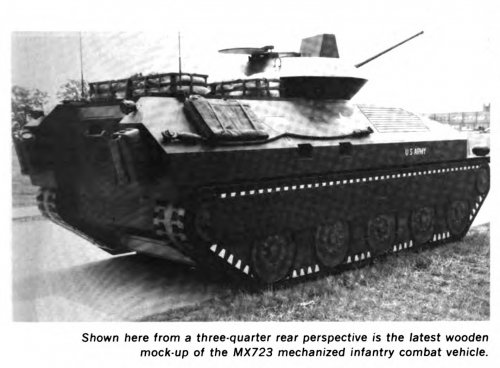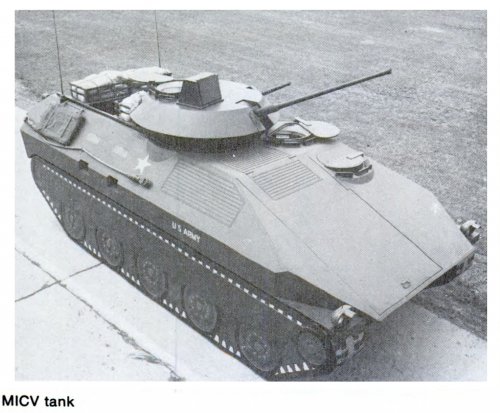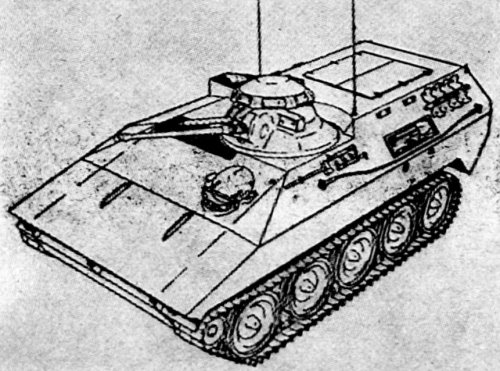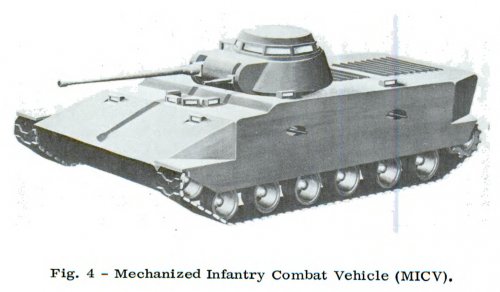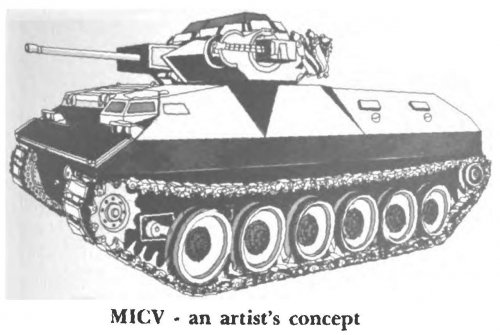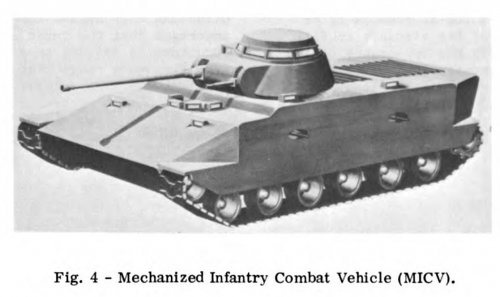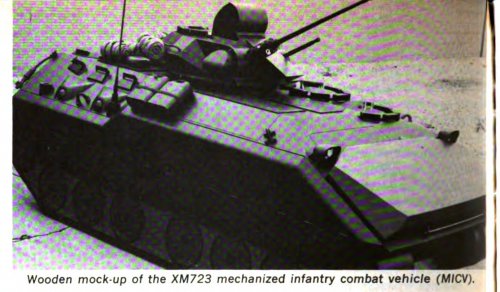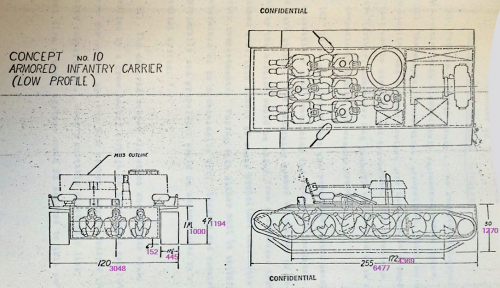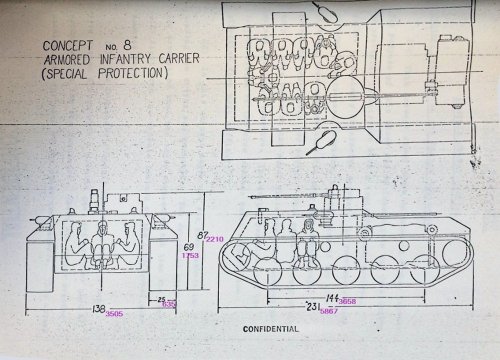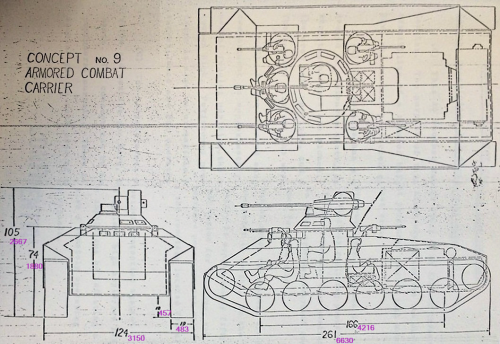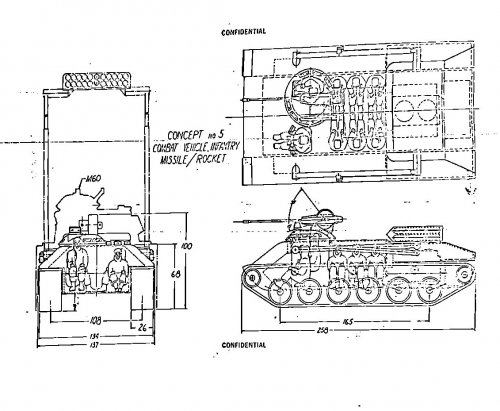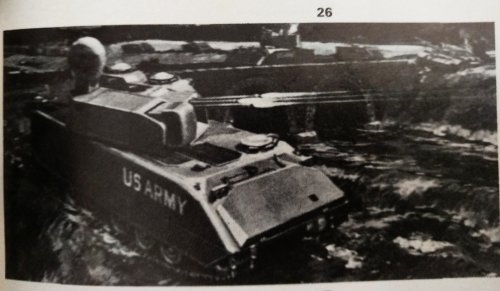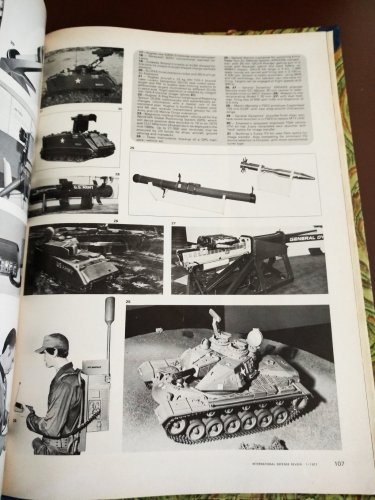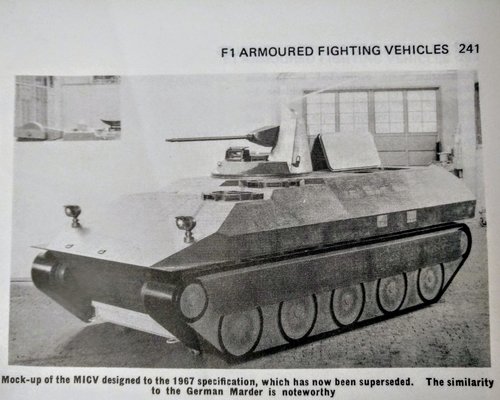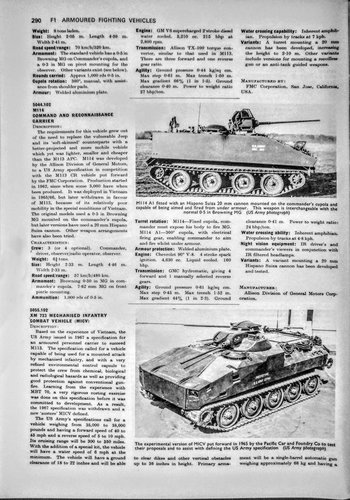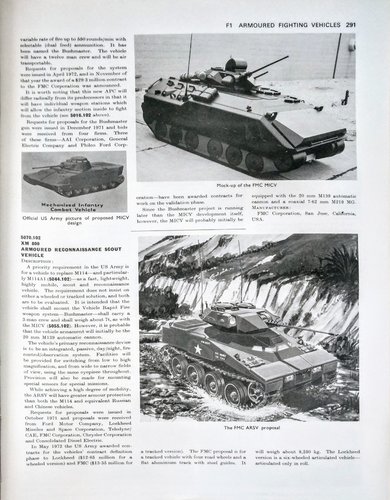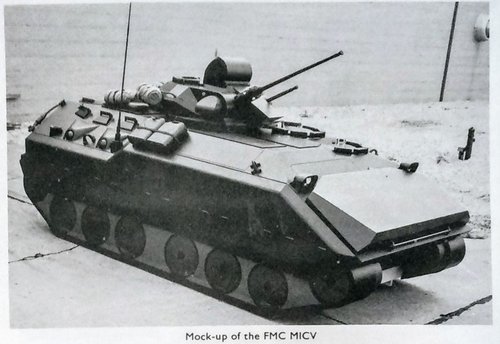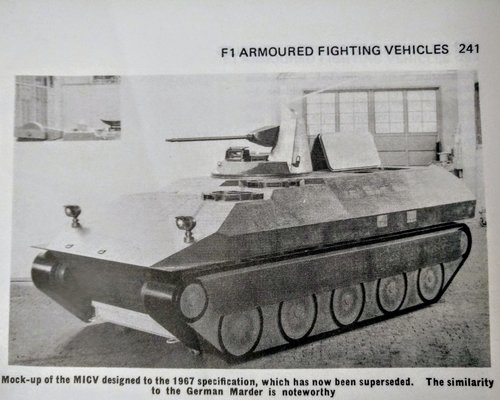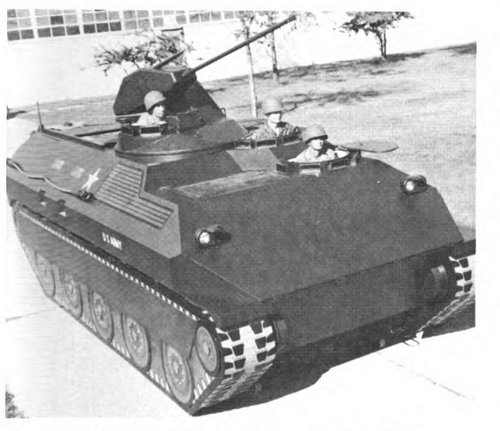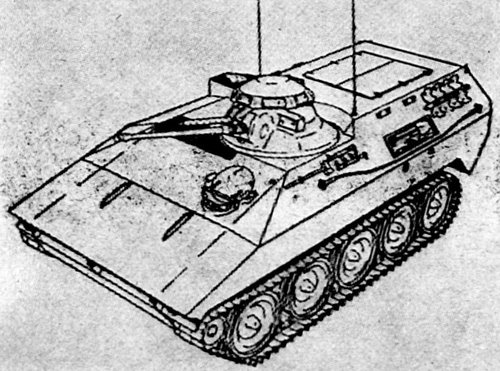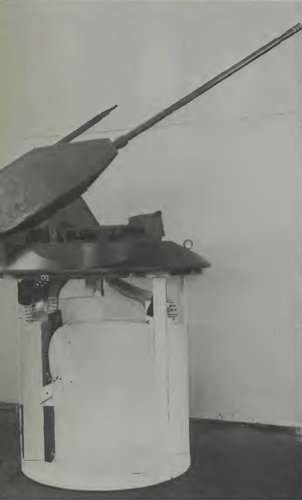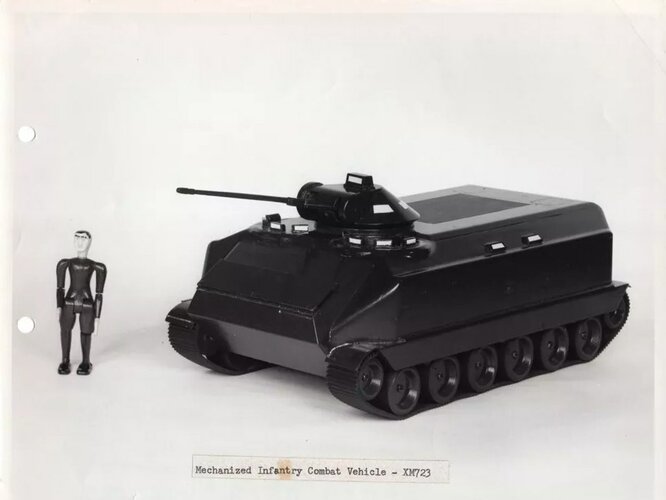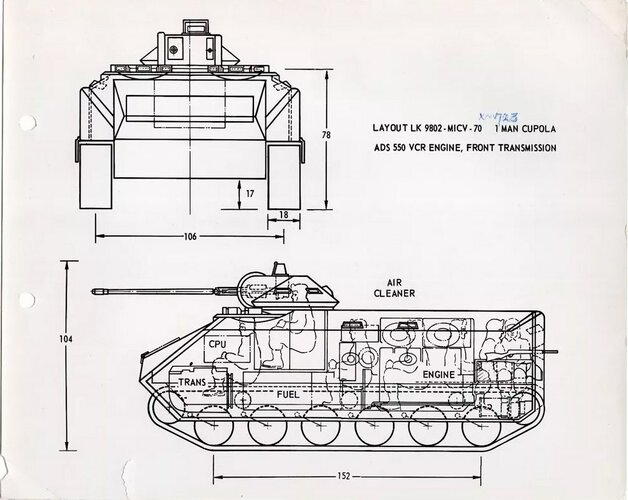A good example of how this union of doctrinal and materiel developments defended the Army's budget requests was communicated in General DePuy's April 1975 letter to General Weyand on the MICV, which had been in the development process since 1964.6 The Army awarded the Food Machinery Corporation of San Jose, California, a 29.2-million-dollar development contract in the fall of 1972, but production delays; deficiencies in the suspensions and transmissions of early MICV prototypes; and doubts about the vehicle's main armament, a 25-mm automatic cannon called Bushmaster, caused considerable criticism of the vehicle within DOD. In December 1974, TRADOC completed a COEA that satisfied DOD concerns about the Bushmaster, but doubts about the vehicle still lingered.7
These doubts bothered General DePuy because they indicated that "we have failed to break through a strong prejudice against MICV which doesn't seem to be susceptible to our tactical, technical or cost arguments." One argument was that the MICV was essential so the Army could adopt an armor doctrine that was similar to German doctrine and appropriate to a mechanized battlefield characterized by highly lethal modern weapons and numerical superiority of the enemy. On such a battlefield, the Army would require its infantry "to support tank-led .combat teams by: long-range suppression of enemy anti-tank weapons, or suppression of the same enemy capability while the MICV is moving cross-country with tanks ... , or delivery of a high volume of close-in overwatching suppressive fire in support of dismounting infantry ... , and [be able to] defeat the [Soviet] BMP beyond the range of [its] 73mm gun, and be able to fire an ATGM from the deck,and protect against automatic weapons fire." The Army's current armored personnel carrier, the MU3, DePuy asserted, could not do these things. The MICV would cost less than what the Germans paid for their Marder or what the Soviets paid for their BMP. "Therefore, we must win this one[because it was] one of those issues that goes to the heart of the Army's capability .... We must miss no occasion to impress upon Secretary [James]Schlesinger the direct connection between the MICV and the tactics we must adopt to fight alongside our German allies .... As you can see, I don't want to see the Army lose this one."8





